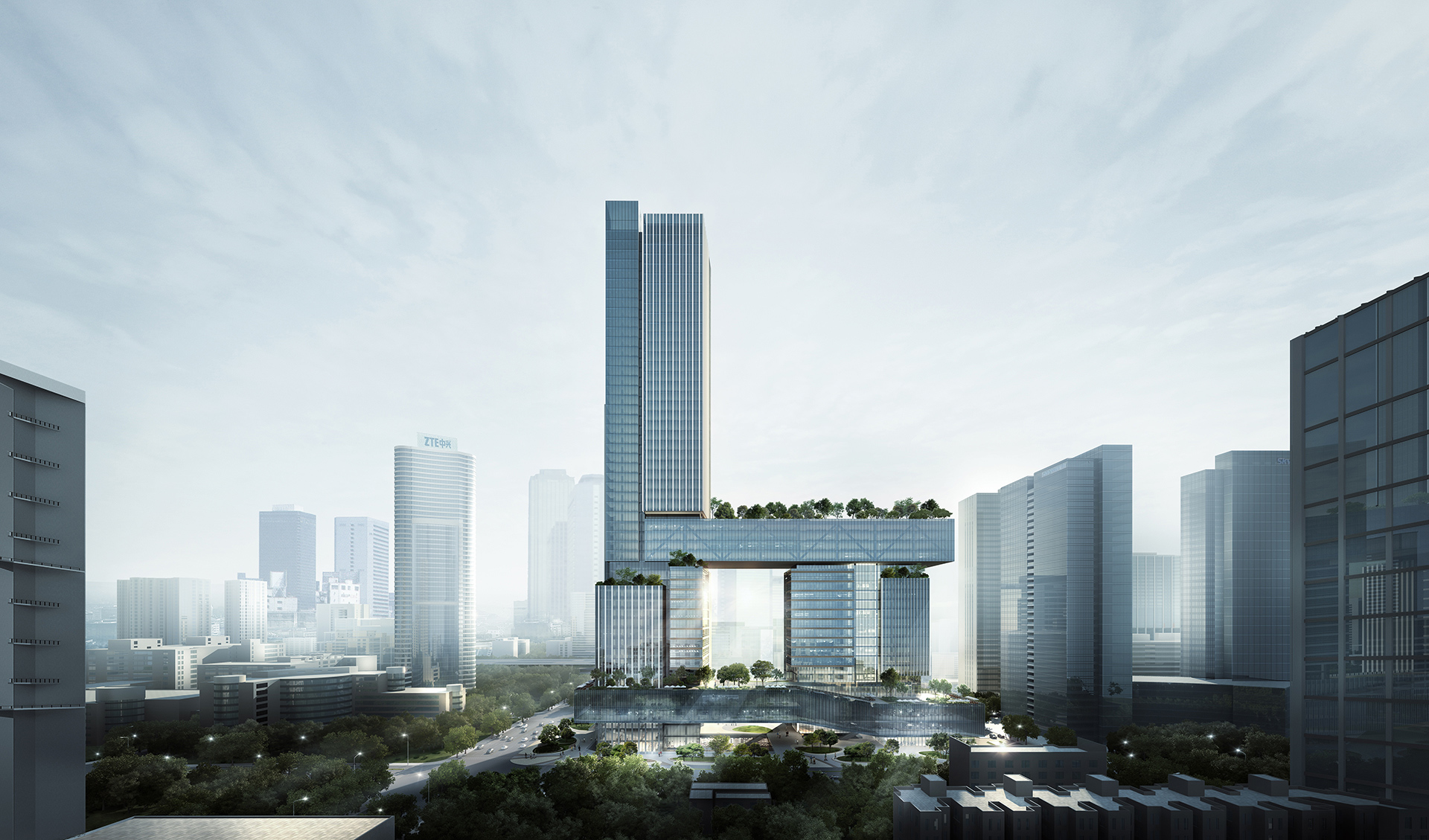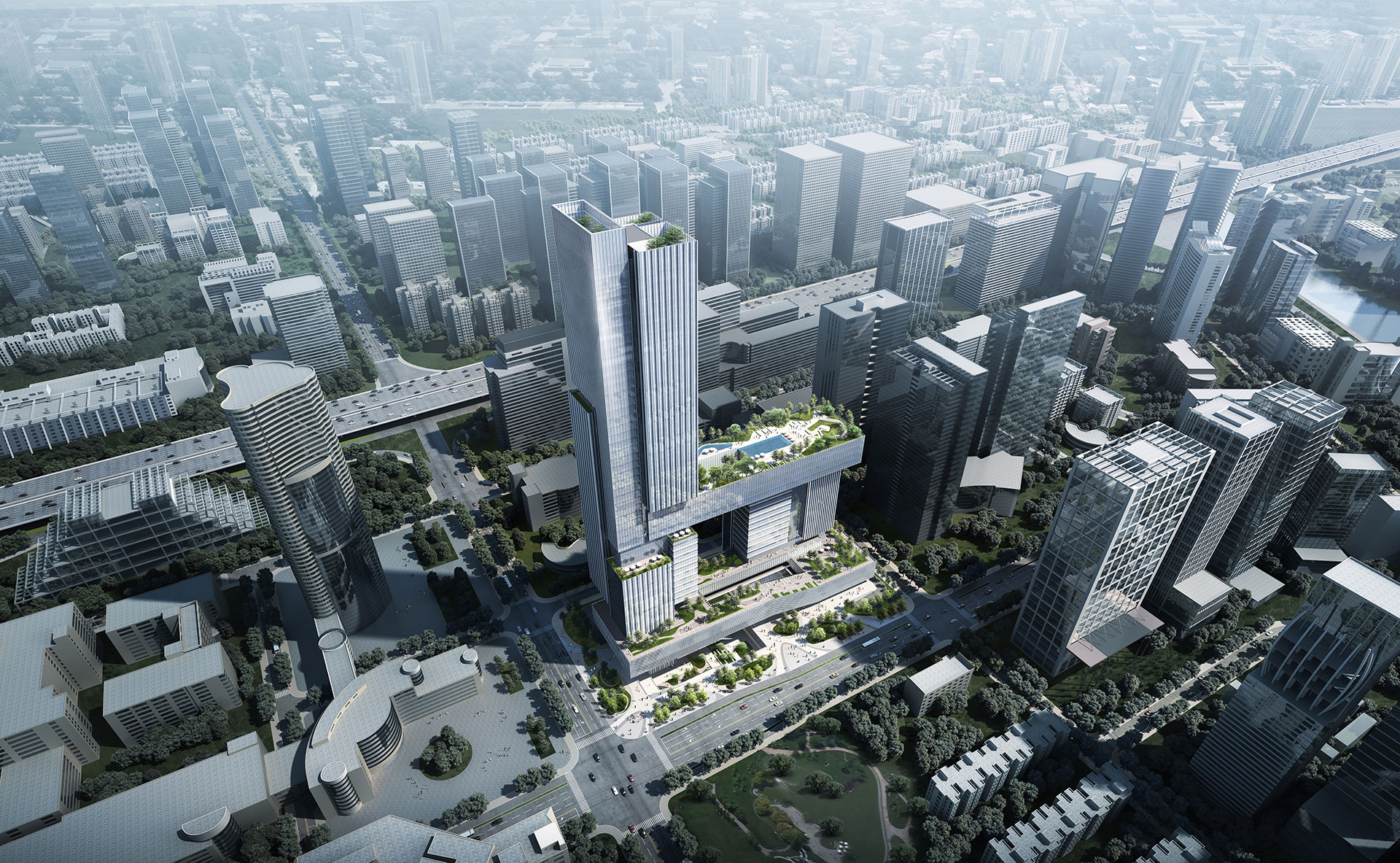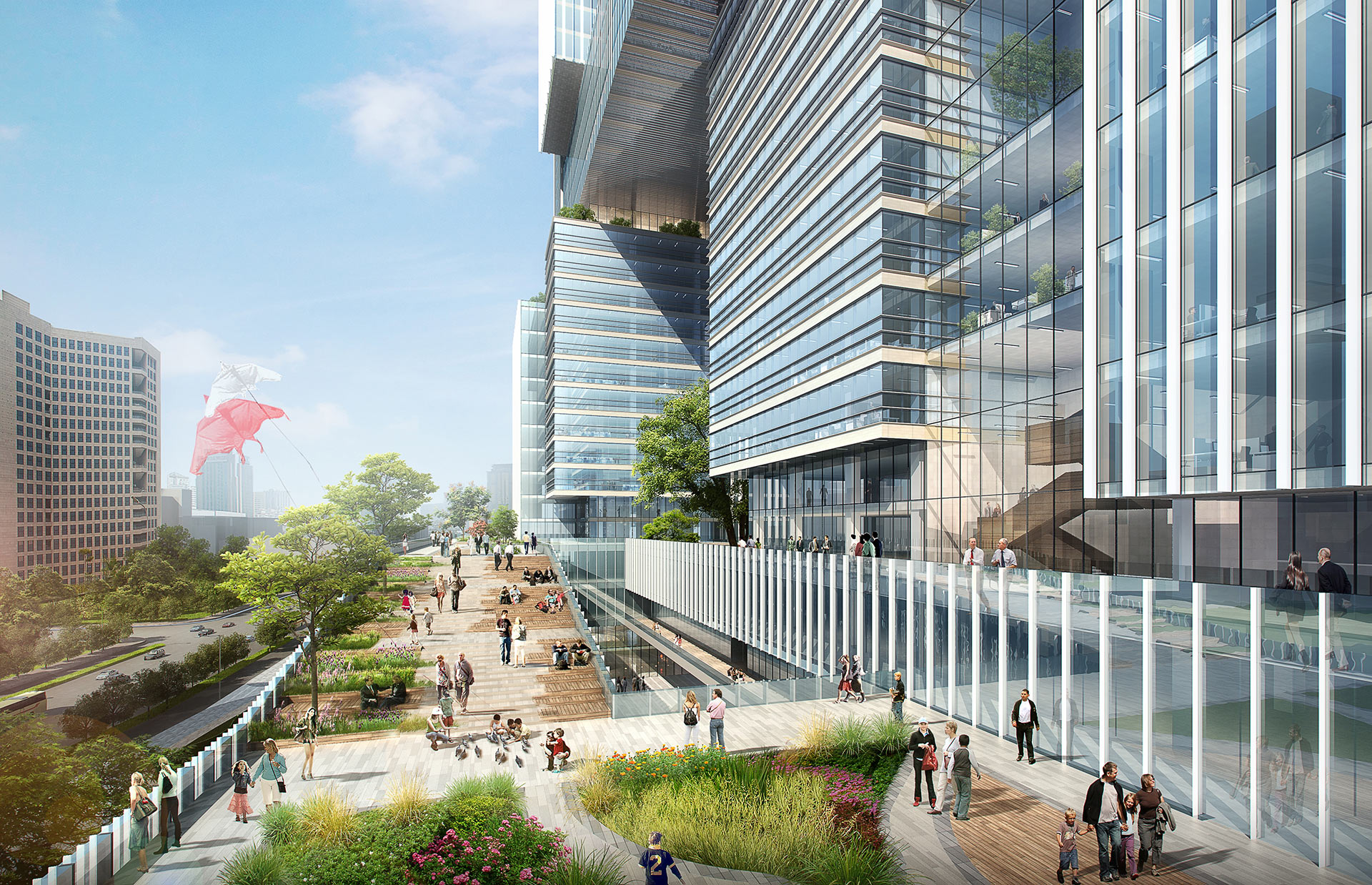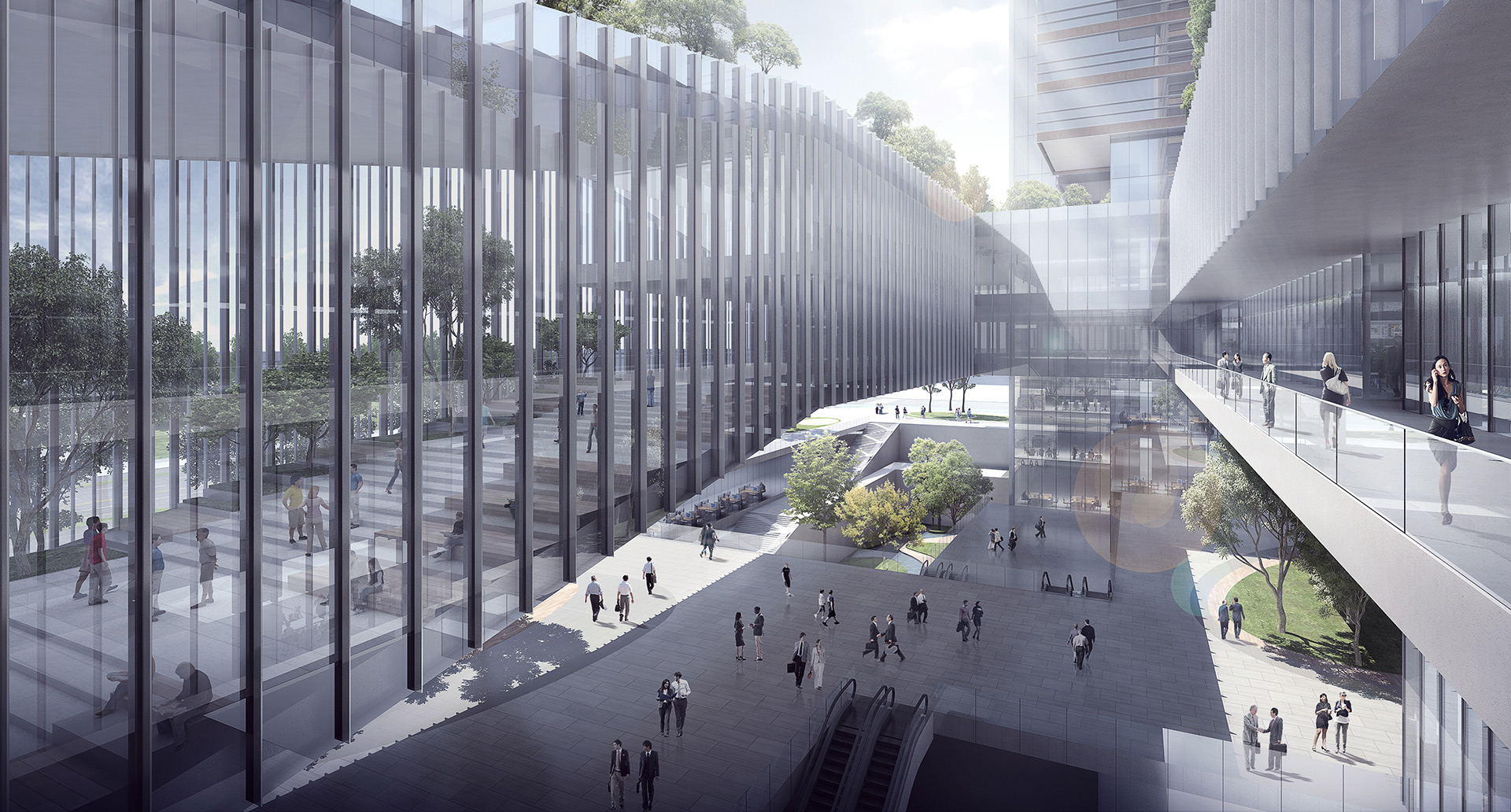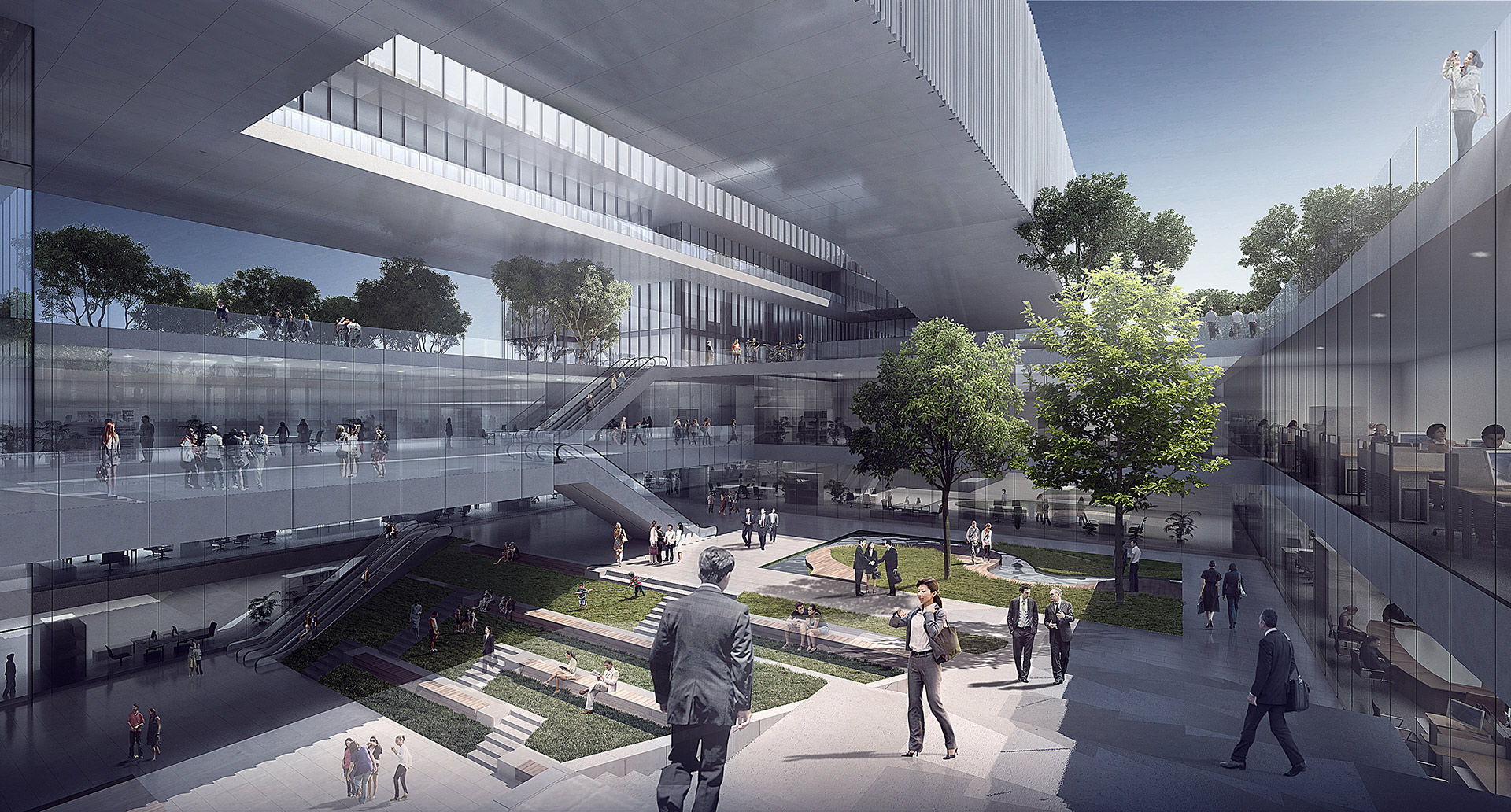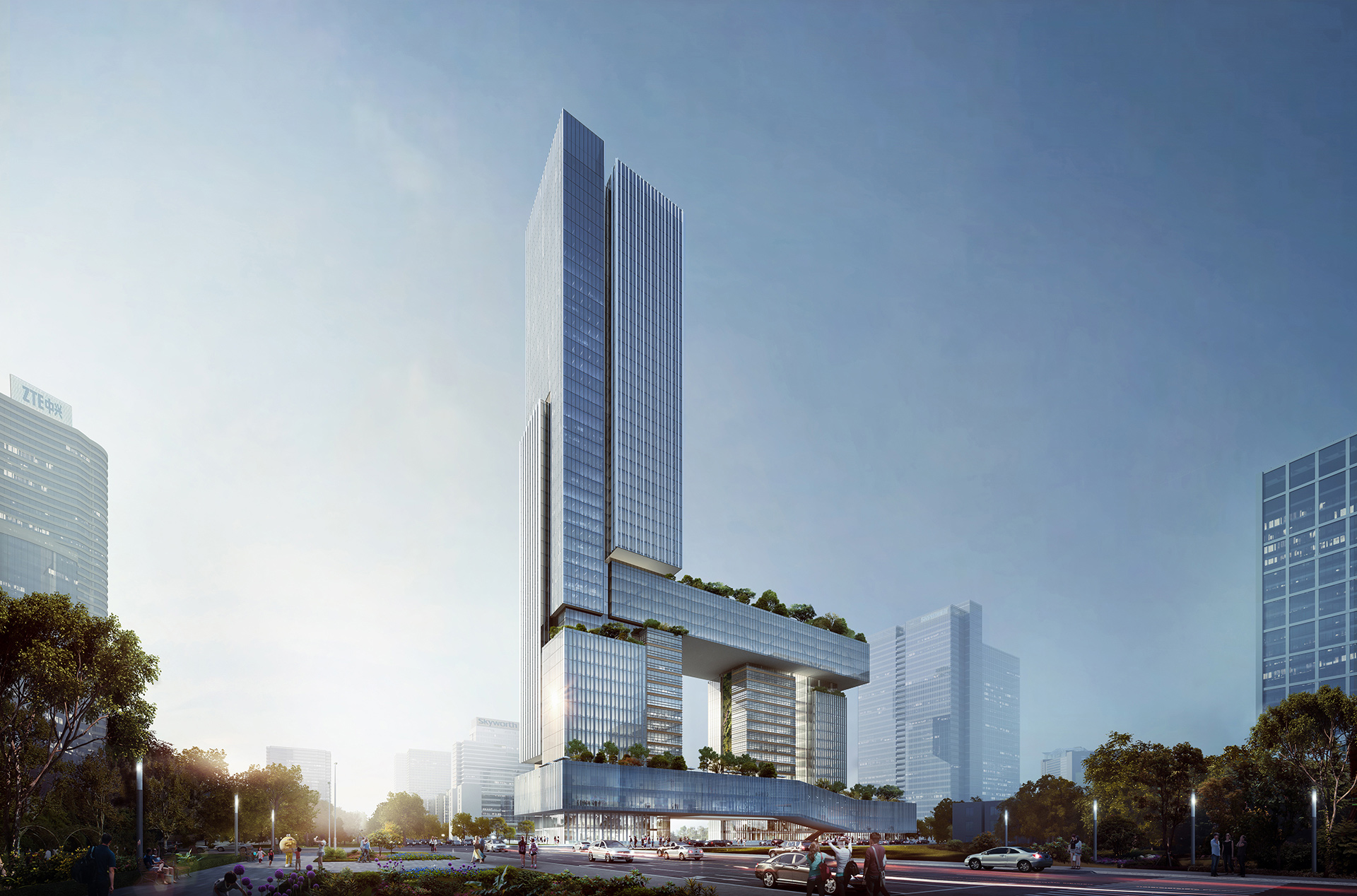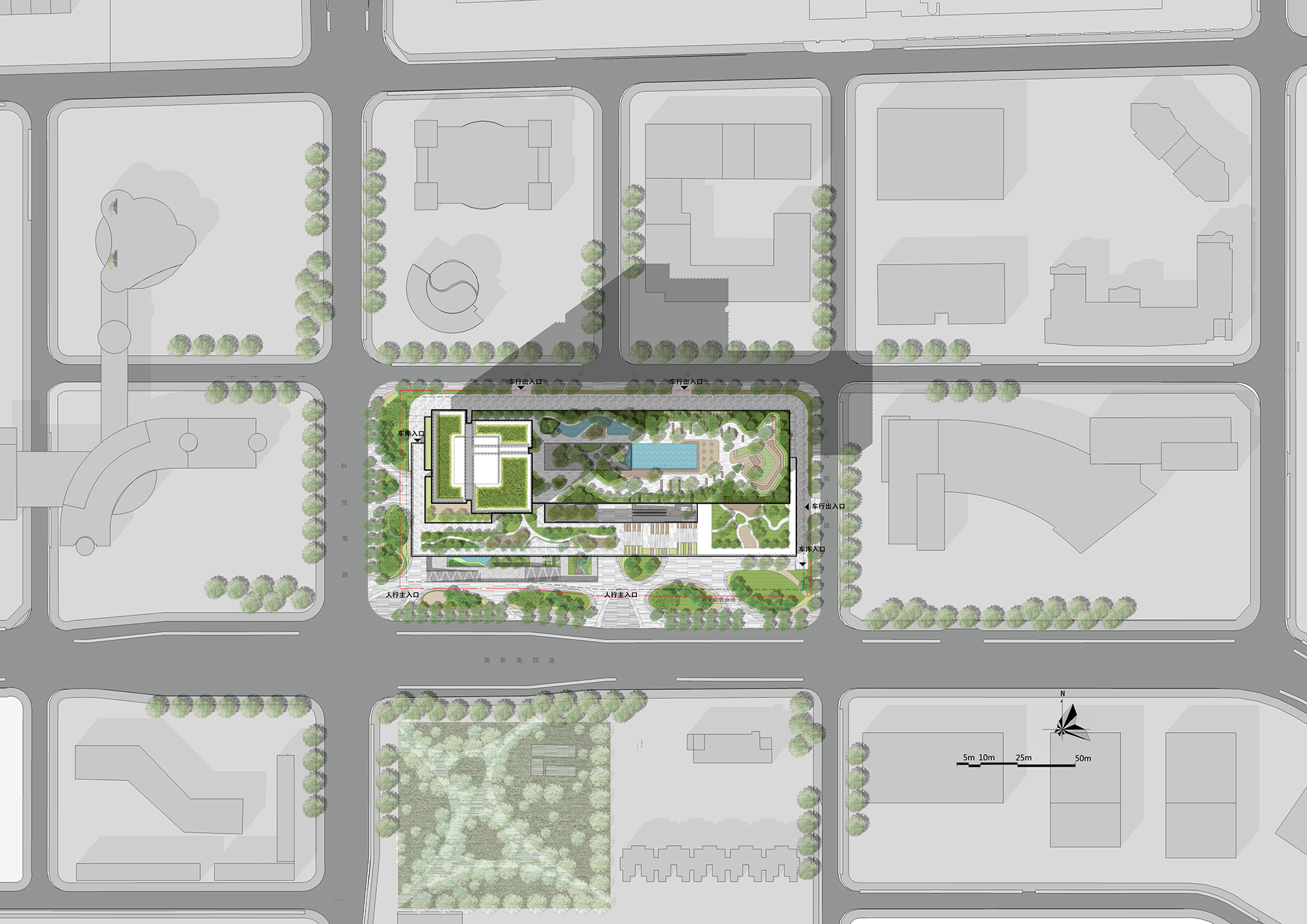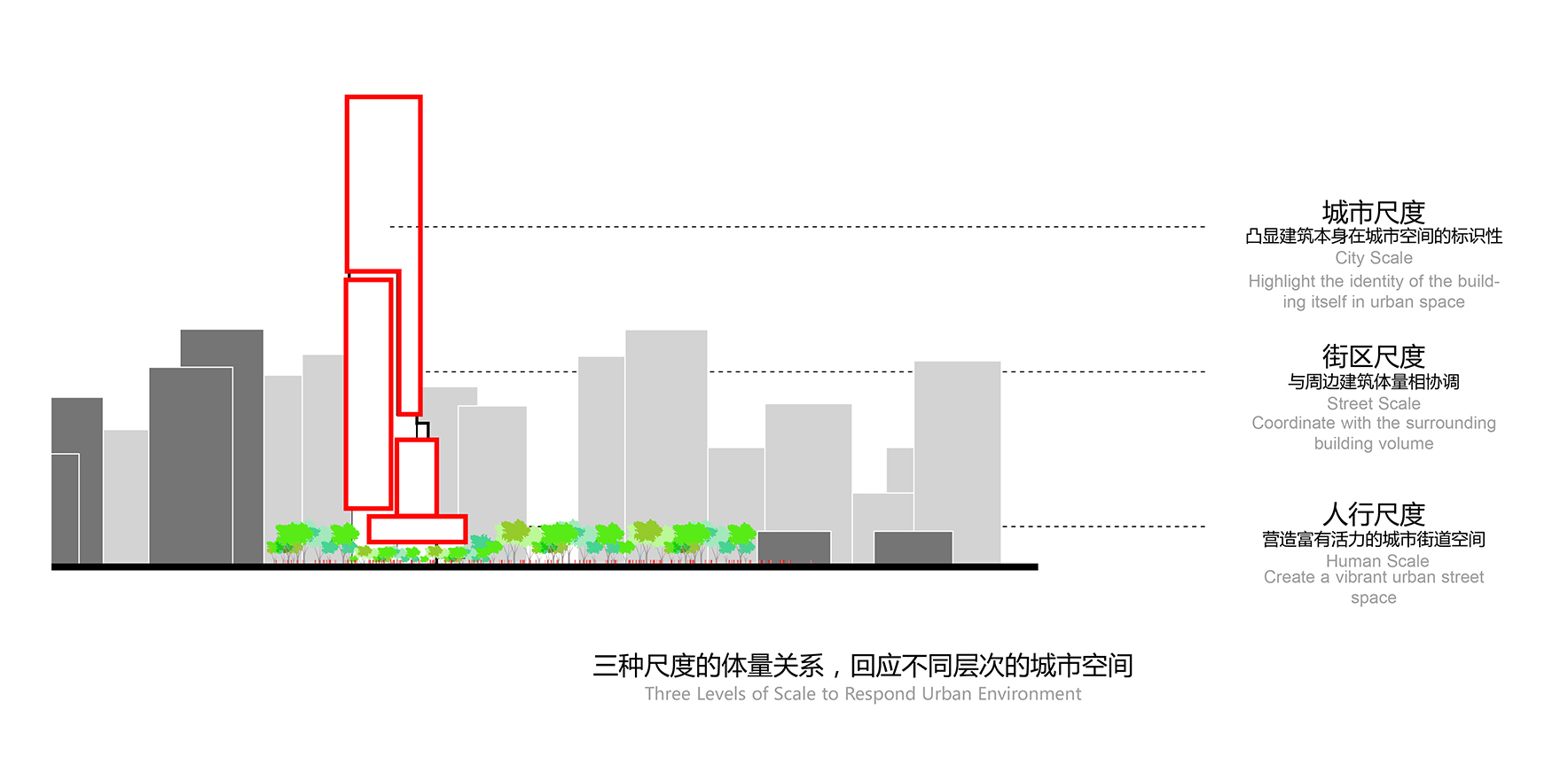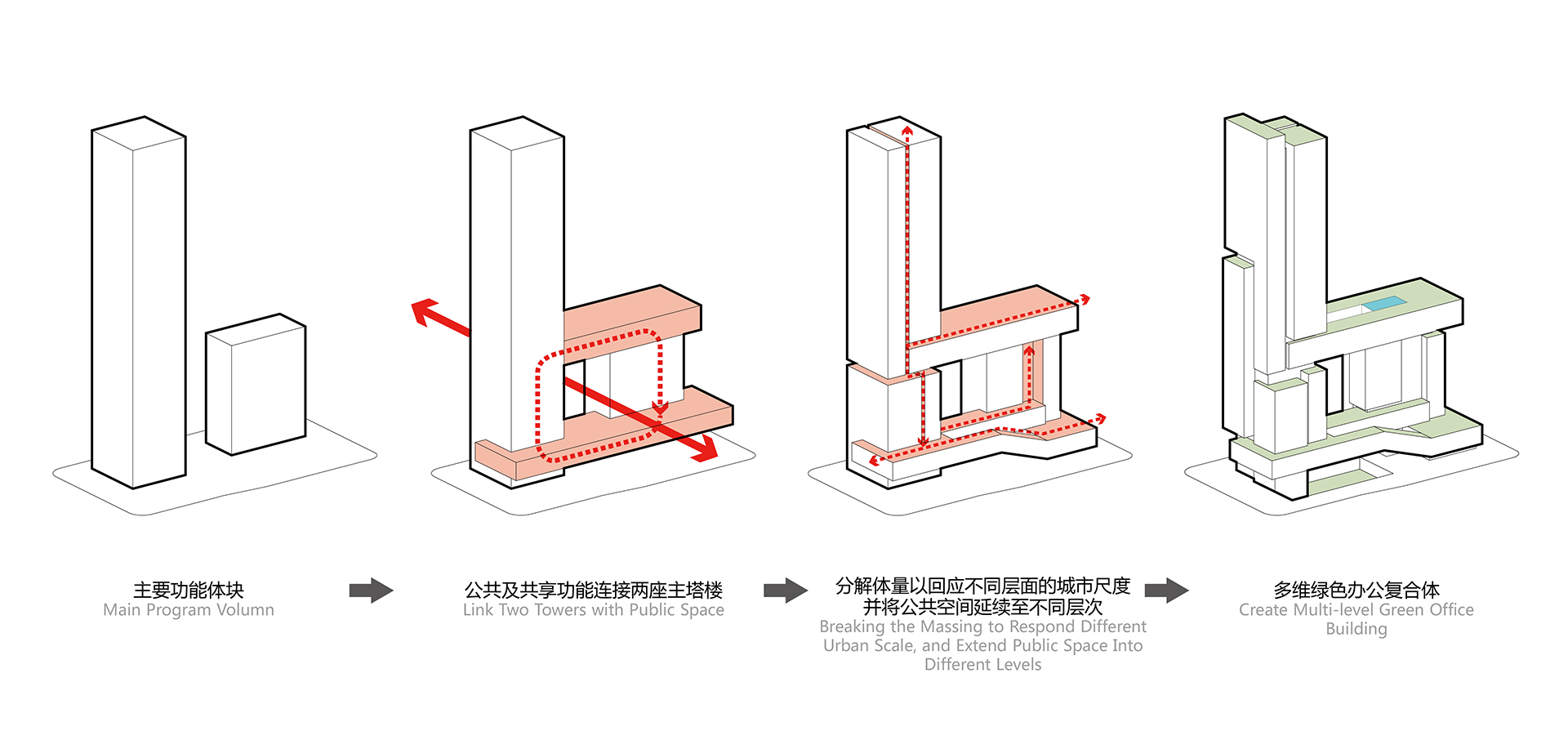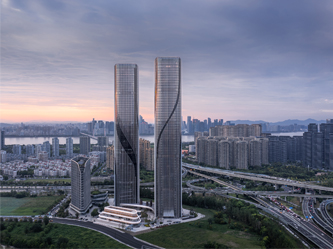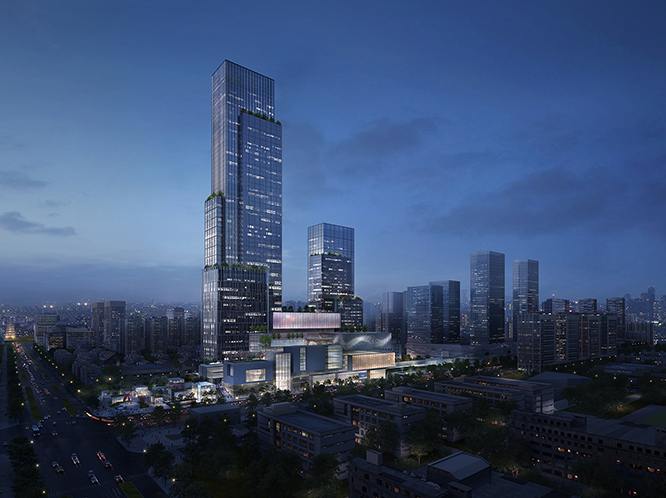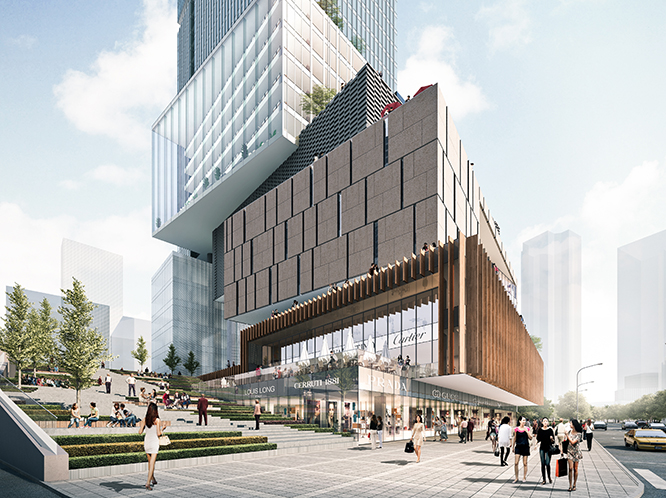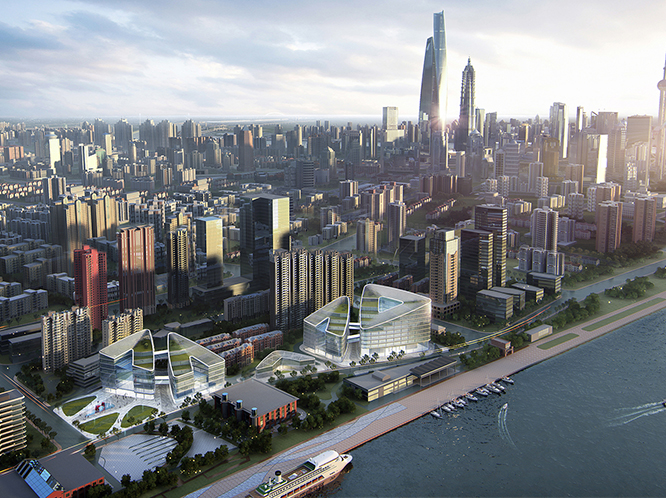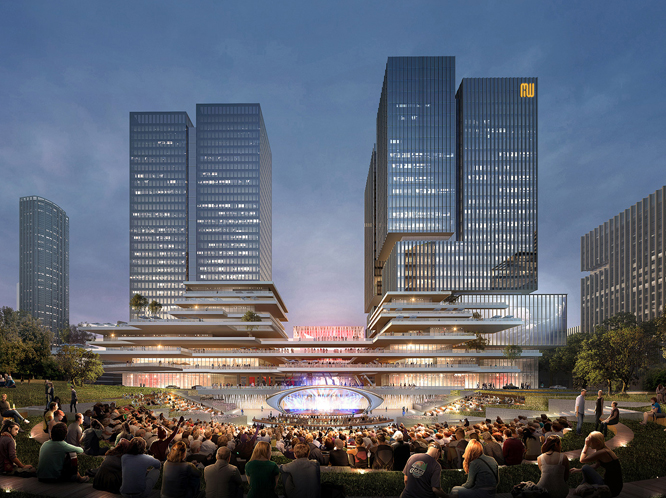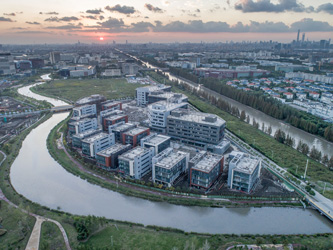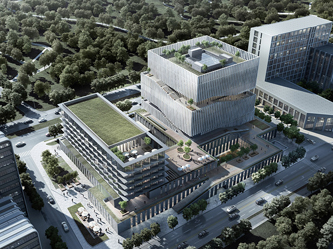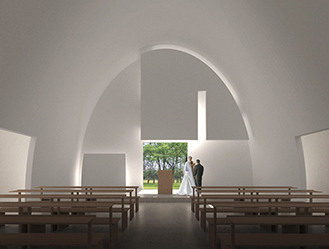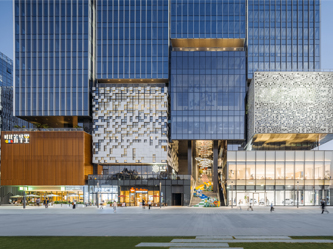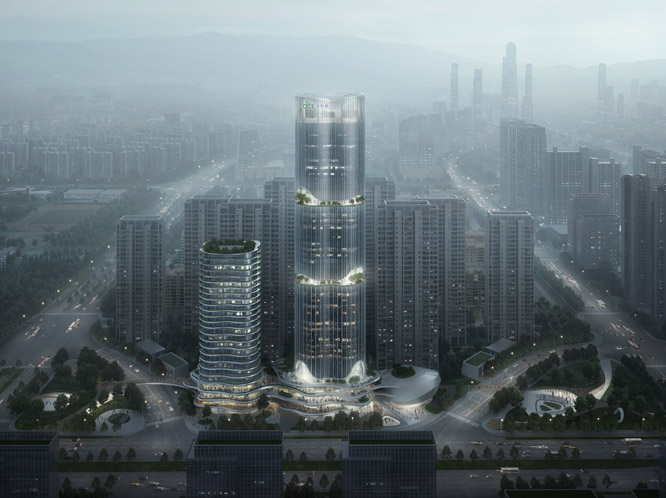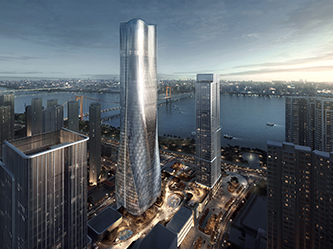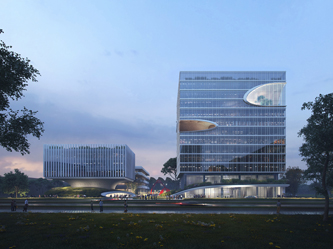
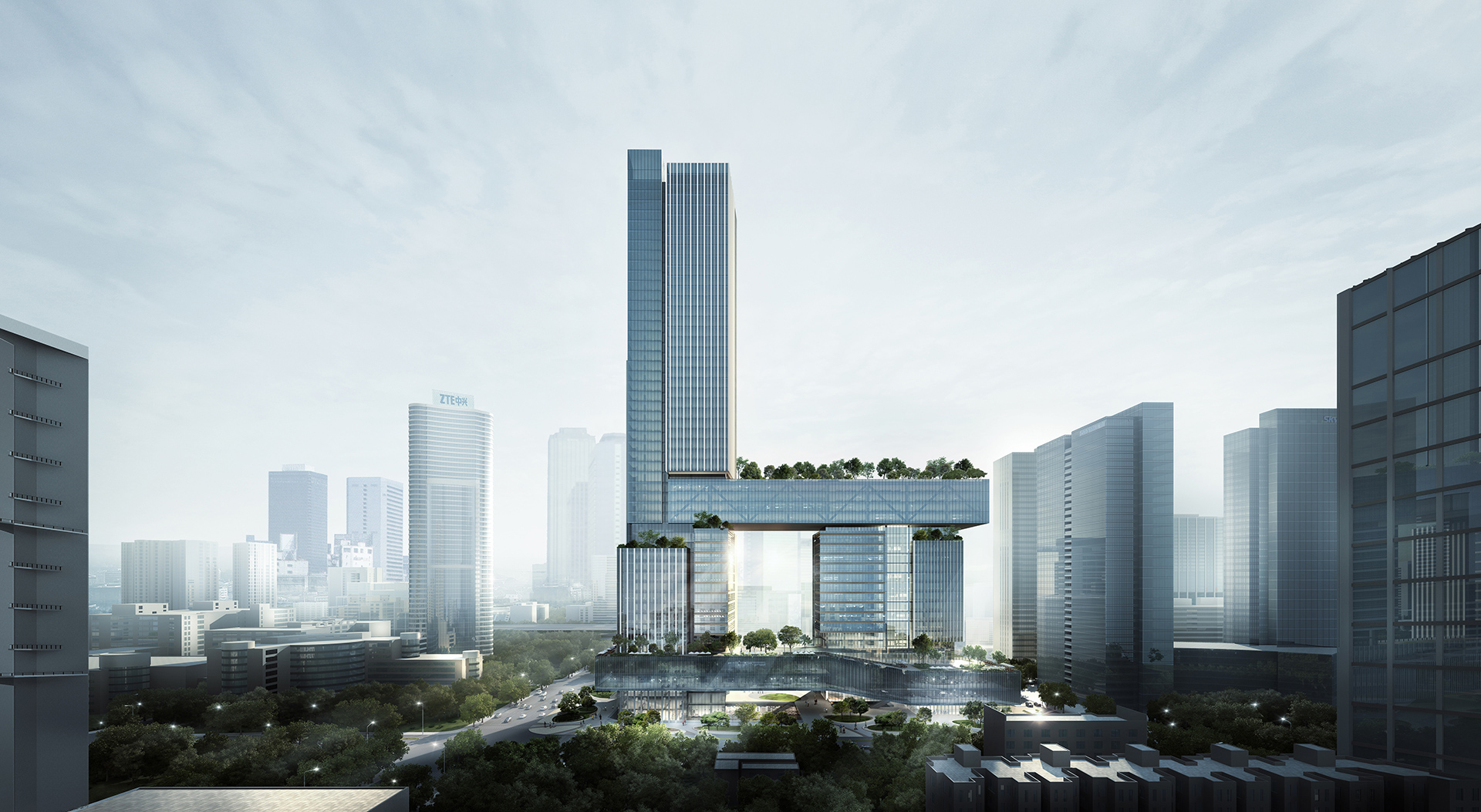
Location: Shenzhen, China
Client: Kuang-Chi Technologies Co., Ltd.
Time: 2016
Gross Floor Area: 144,000 sq m
Type: Office, Supertall
Architect: EID Architecture
Design Principal: Ping Jiang, FAIA
Design Team: Mike Morgan, RIBA, Sean Lu, Dan Tang, Weite Shi, Kai Ding, Yushi Zheng, Wei Zhang, Di Wu
Shenzhen Kuang-Chi Future Centre is located in the core area of Shenzhen High-Tech Zone, adjacent to Shennan Avenue, with convenient transportation and broad view over the sea. It faces the sea with hills as the background.
The bottoms and middles parts of the east and west towers are connected horizontally. The bottom is backed up to form a pedestrian plaza on the street scale, introducing the green parkland to the towers. The high zone intersects horizontally to form a floating platform that echoes the landscape, reduce the volume of the low zone and form a multi-dimensional interactive public space responding to the surrounding city. The delicately cutting volume of the building forms a continuity of the visual space, making the whole building simple, rational, and highly sculptural.
The floating platform has functions of city sightseeing, fitness, dining, reading, conference and office. The sky courtyard solves the lighting problem of deep depth and connects the roof garden with the waterfall. The roof garden above the platform is forged to a green subtropical rainforest with a touch of Lingnan-style garden, and is open to the public, featuring the image of an eco-city. The underground space is built into a multi-level sinking plaza, maximizing the sunlight into the ground, constructing a vibrant public space with steps, green slopes, escalators and corridors, providing the greatest possibility of interaction between pedestrians and the building. This contrast between nature and artificial work not only reflects the duality of Chinese traditional culture, but also refines and reinterprets the natural and artificial elements in Chinese traditional architectural culture, so as to create a multi-dimensional urban space.
